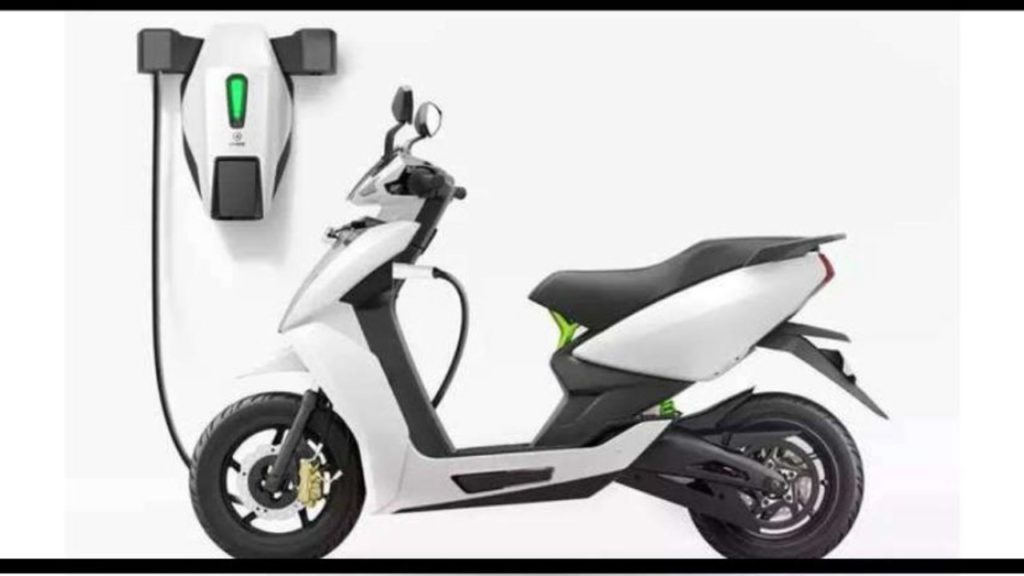Ola Electric Scooter With 150 Kms Range, Removable Battery Launch Almost Confirmed!

It seems that the launch of the much anticipated Ola electric scooter is closer than we think.
Ola Electric Scooter Launch
The same is confirmed by a tweet from the Chairman and Group CEO, Ola, Bhavish Aggarwal.
He has written in a tweet about the Ola electric scooter and asked his followers, what color options would they like on the scooter, hinting at an imminent launch.
Rumor mills suggest that the prices of the scooter are likely to be announced in the coming weeks.
Huge Production Planned
Ola is planning to manufacture a million units based on the Etergo Appscooter per year in Phase 1,.
To achieve this goal, the plant will have 10 general assembly lines and will be able to roll out a scooter every two seconds, and 25,000 batteries per day.
The cab service provider is planning to export these made-in-India scooters to Europe, UK, Latin America, Asia Pacific, Australia and New Zealand, apart from being sold in India.
The Ola electric scooter will take on the Bajaj Chetak, Ather 450X, TVS iQube and the likes in the segment.
Also, the massive scale promises competitive pricing on the Ola electric scooter.
Ola Hypercharger Network
Prior to this, Ola has announced the construction of the world’s largest electric two-wheeler factory in Tamil Nadu.
Now, the company plans to unveil its ‘Hypercharger Network‘, which is billed to be the world’s largest, densest EV charging network.
The Ola electric scooter will get features like a removable Lithium-ion battery, digital instrument console, cloud connectivity, alloy wheels, telescopic suspension upfront and much more.
It is likely to have a range of 100-150 km and its future factory is being built with an investment of about ? 2400 crore.
Now, the manufacturer also announced that it will be ready to begin the first phase of operations at the plant in the next few months.
In addition to that, this move will also be able to generate employment for over 2000 people initially, going up to 10,000 once fully operational.
As per the plan, over 10 million man-hours have been planned to construct the facility.

Comments are closed, but trackbacks and pingbacks are open.